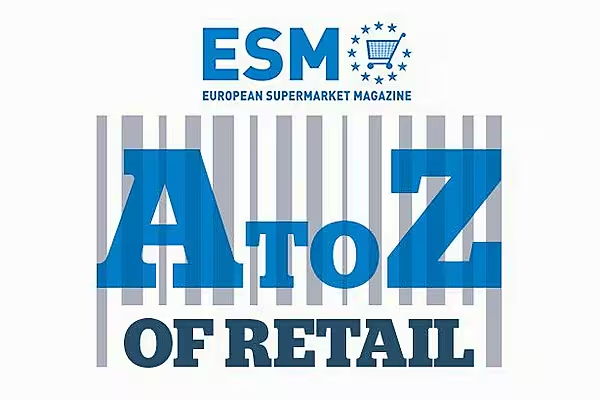After a short break, ESM: European Supermarket Magazine is proud to announce the return of 'The A-Z of Retail', a new subscriber-only series that offers a deep analysis of the retailers, suppliers and individuals making the news each week. Today: Q is for Queueing.
Out of all the experiences that make shopping feel like a bit of a chore, queueing is definitely at the front of the line when it comes to customer grievances.
Cutting down the waiting time at cash desks has become somewhat of an obsession for retailers seeking to shape the supermarkets of the future.
The most prominent - and highly-publicised - example of this is the recently-opened inaugural Amazon Go store in downtown Seattle. This novel concept allows shoppers to go into the store, pick up their groceries and pay through their smartphones, without having to deal with any checkouts, either manned or self-service.
Amazon Go employs glass turnstiles at the entrance, cameras and sensors all over the store as well as utilising a dedicated app to allow customers the most seamless and convenient shopping experience.
While the retailer has said that the technology is simply driven by ‘clever algorithms’, the exact inner workings of the store are Jeff Bezos’ well-kept secret.
We just checked out the #AmazonGo store in Seattle, now open to the public, here’s what it looks like inside:
(@dee_bosa) pic.twitter.com/EqznTlg5CK— Paayal Zaveri (@paayalzaveri) January 22, 2018
Just A Gimmick, Or The Future?
But is this just a gimmicky novelty for the rarefied west coast tech hubs or will the cashier-less store become the norm in the future?
Amazon seems to think it will, since the company is reportedly adding six more Go stores in Los Angeles and Seattle.
Moreover, its recently-acquired Whole Foods portfolio could also serve as a testing ground for its future technological innovations on a mass scale.
So, while many retailers are moving increasingly online and more and more shopping is happening on the web, Amazon, the king of online, is bucking the trend by redefining the bricks-and-mortar store. So is the physical store here to stay, despite the growing e-commerce market?
As dunnhumby’s David Ciancio told an audience of retail executives at the recent Checkout Conference in Dublin, “As long as people live in brick houses they will shop in brick stores”.
Down The Line
After all, despite the buzz around Amazon Go, the format still seems like a distant future for many traditional retailers.
Rather, innovations such as scan-and-go systems, click-and-collect and mobile payments are the more common ways they aim to cut down on queueing time.
Stores such as Walmart, Sainsbury’s and Coop Denmark are currently trialling scan-and-go systems, enabling customers to scan their own purchases as they shop and pay on their smartphone as they exit the store.
In Asia, this trend is growing rapidly too, with Auchan China’s new digital store concept and the expansion of Alibaba’s Hema stores. Chinese e-commerce giant JD.com unveiled its first unmanned convenience store in Yantai, Shandong Province, at the end of last year, while Irish-based company Everseen is set to launch a checkout-free retail system, Øline, in the first quarter of 2018.
Growing In Prominence
Click-and-collect, already massive in France and gaining ground in other European markets, is another major trend that retailers are going for in order to reduce queueing.
Artificial intelligence solutions provider Symphony Retail Ai recently predicted that the supermarket of 2020 will see much larger click-and-collect areas at the expense of traditional checkout areas. The latter sections will be dominated by self-checkout with only a few human cashiers still in-store.
Retailers are also increasingly embracing smartphone technology in a bid to reduce waiting times, with systems such as Apple Pay and Android Pay gaining prominence. In the US, Walmart has also launched its own competing payment app.
This investment may be about to pay off. A study by consultancy giant Capgemini and bank BNP Paribas estimates that the number of digital payments taking place per year will reach 726 billion by 2020, according to a recent CNBC report.
So as digital payments grow, the onus is now on retailers to make it as easy and as quick as possible for their customers to pay.
While Amazon Go is an intriguingly innovative idea, the ‘great disruptor’ is still rolling out the concept fairly tentatively. This shows that its technology still has some way to go before this becomes mass-scalable.
That said, if retail technology continues to develop at the break-neck speed it has over the past few years, queueing could soon be as quaint as the local milkman.
© 2018 European Supermarket Magazine – your source for the latest retail news. Article by Kevin Duggan. Click subscribe to sign up to ESM: The European Supermarket Magazine.














